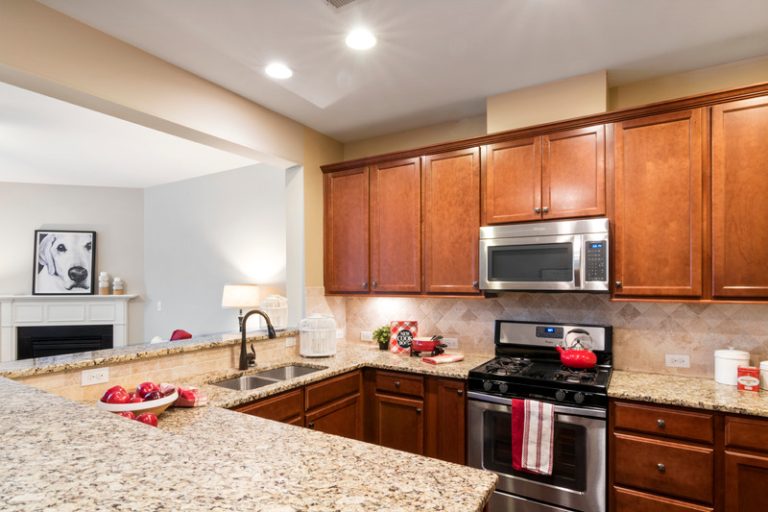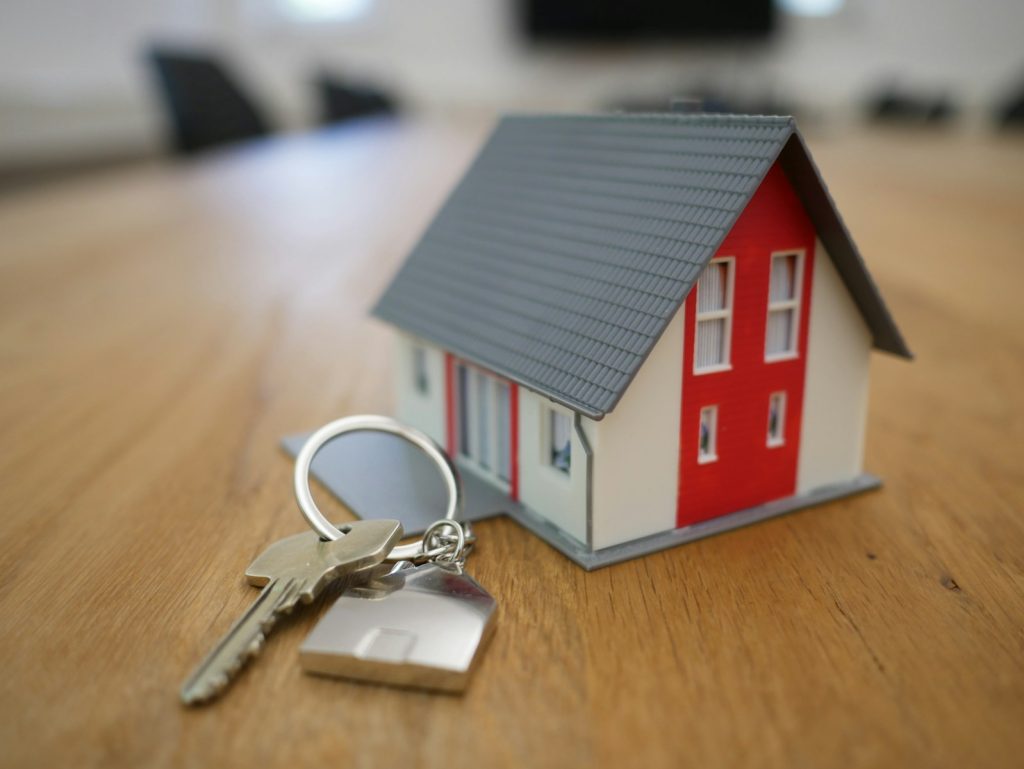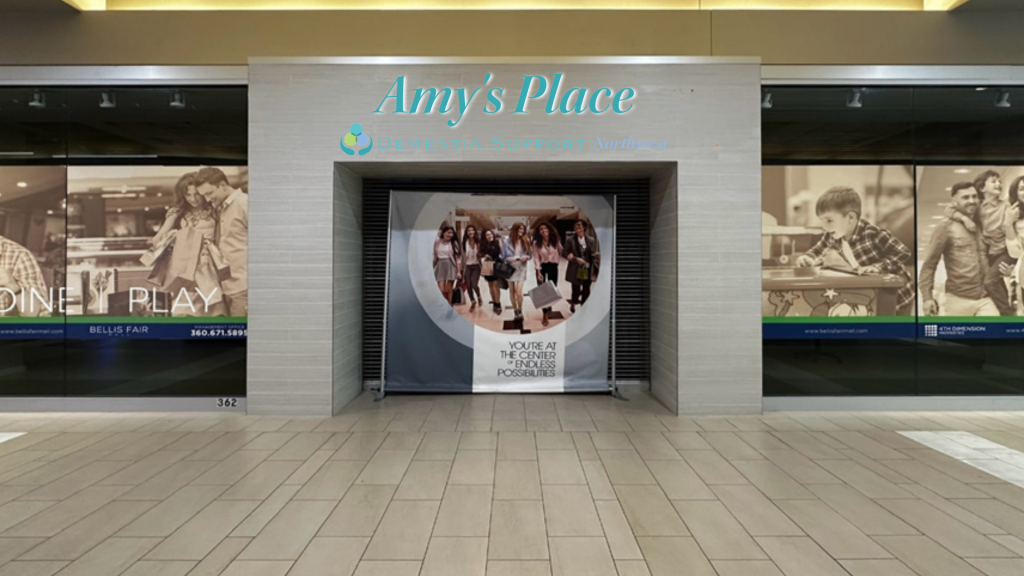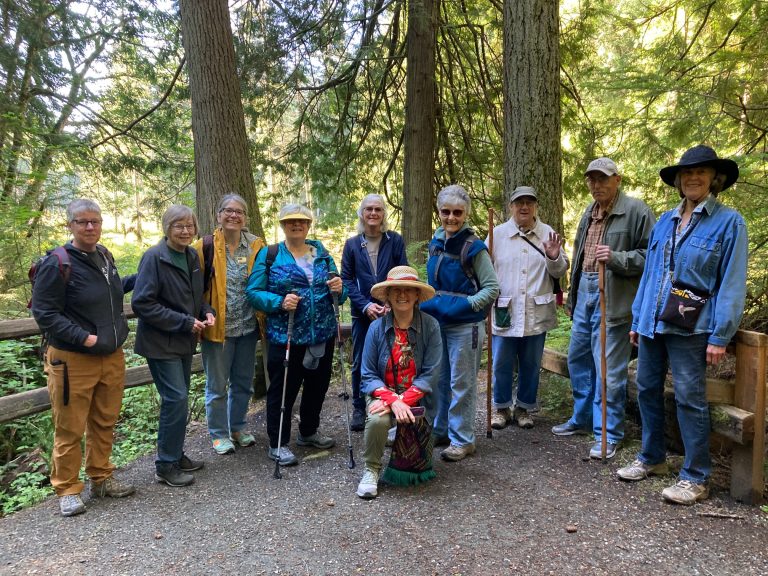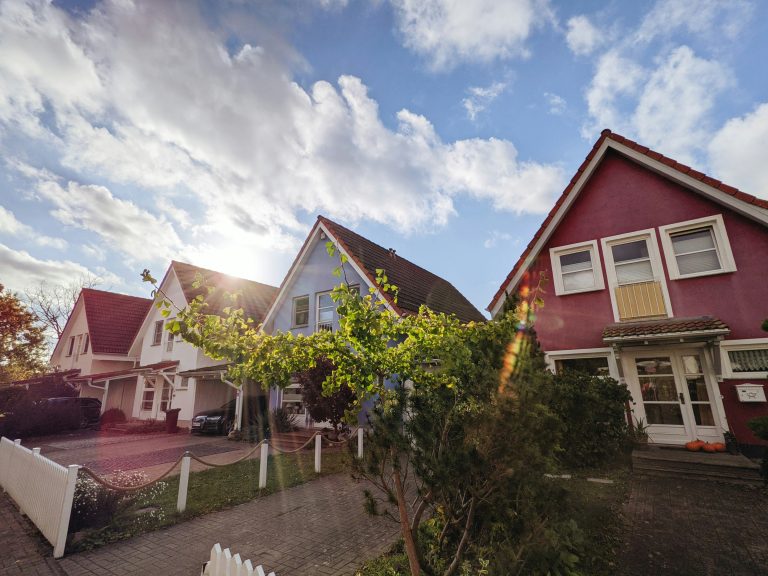Remodeling for Aging in Place is written by Robert Burns, Owner of Envision Remodels. This was originally published in the Spring, 2024 Edition of Vibrant Senior Options Resource Guide Magazine.
Envision Homes has been remodeling in the Puget Sound area for over 20 years. However, a personal experience with my 90-year-old mom unveiled an aspect to remodeling I had not yet recognized. She went from active and independent to almost unable to function in her condo within a month. Upon visiting her, I was overcome with how poorly suited her residence was for aging-in-place living. Faced with the alternative of an assisted living community, I spent the next month retrofitting my mom’s condo. Goals included facilitating her limited mobility and accessibility and her need for independent control. Most importantly, these plans merged with another goal to create life safety and security. This experience illuminated my focus on aging-in-place remodeling and led me to receive certification in the field.
The Key to Remodeling for Aging-in-Place
I learned the key to a successful aging-in-place remodel is that the design process must give careful consideration to each individual’s personal challenges and needs. Understanding that each of us are faced with our own unique challenges as we age, the design and remodeling process must prioritize the owners personal health journey without compromising aesthetics.
Enhanced Accessibility
One key aspect of remodeling for aging-in-place is enhancing accessibility. This often involves making structural changes such as mindful placement of critical cabinetry and storage. Other enhancements for accessibility include widening doorways, reconfiguring for simplicity, and creating barrier-free entrances.
The Kitchen Remodel for Independence
The kitchen is a critical area for enhancing access and independence. Task-oriented counter-top heights, relocating storage, installing pull-out shelves, and choosing appliances with user-friendly controls contribute to a more accessible kitchen environment. These modifications allow seniors to continue their culinary pursuits with ease.
Bathroom Safety and Functionality
Bathrooms pose a common challenge, and remodeling efforts often concentrate on making this space safer and more accessible. The installation of grab bars, non-slip flooring, and walk-in showers can significantly reduce the risk of accidents. Lever-style faucets and door hardware, and easy-to-reach storage enhance functionality.
Lighting and Home Monitoring
Effective lighting is crucial for aging eyes, and proper illumination can be achieved through thoughtful remodeling. Installing brighter lights, incorporating task lighting in key areas, and minimizing glare contribute to a safer and more comfortable living environment. Smart home technology, including occupancy-sensors and voice-activated controls, can further enhance convenience. This also goes beyond lighting to include home monitoring solutions and voice-activated assistants, which contribute to the safety and well-being of seniors.
In conclusion, remodeling for aging-in-place creates homes that evolve with individuals as they age. From structural adjustments to embracing technological advancements, these modifications empower seniors to maintain their independence, dignity, and connection to their cherished homes. As the trend towards aging in place continues to grow, thoughtful remodeling practices will become increasingly essential in fostering a society that values and supports its aging population.
Robert Burns, Owner
Envision Remodels
206-356-7853
robert@envisionremodels.com




